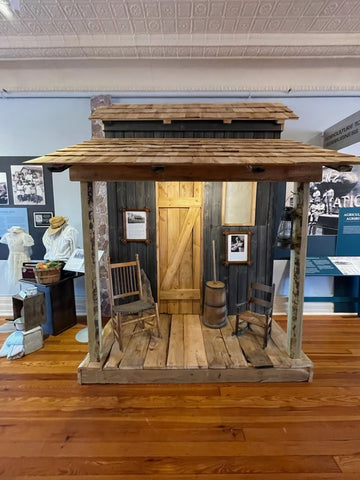Recreating Artillery Wheels for Word War II Cannons

In a meticulous endeavor to uphold historical accuracy and contribute to the preservation of significant military history, Atomic Carrots embarked on a challenging project – the crafting of four cannon wheels. These wheels, destined for two Japanese Type 95 Field Guns from the World War II era, were intended as crucial replacements for the iconic artillery pieces housed at the US Marine Corps Museum in Parris Island, South Carolina.
The process began with a deep dive into historical research and understanding the intricacies of the original cannon wheels. Armed with this knowledge, our skilled artists use a combination of traditional and cutting-edge techniques to bring this historical project to life.
The wheel parts underwent a sand casting process in aluminum, a method chosen for its durability and suitability for intricate details. 3D prints played a pivotal role in creating molds, while CNC machining ensured precision in the fabrication process. This amalgamation of traditional craftsmanship with modern technology allowed us to replicate the intricate design of the original cannon wheels.
Each wheel was carefully crafted to meet not only historical accuracy standards but also stringent structural integrity requirements. The goal was not just to replace parts but to pay homage to the legacy of the Type 95 Field Guns were captured our enemies
The significance of this project lies not just in the wheels themselves but in the contribution they make to the US Marine Corps Museum. As the newly fabricated cannon wheels find their place alongside the historic artillery, they play a vital role in enhancing the museum's commitment to preserving and presenting military history with authenticity and reverence.
Atomic Carrots is honored to have played a part in this educational journey, offering a tangible connection to the past and ensuring that future generations can engage with the sacrifices and innovations that shaped the course of history.











